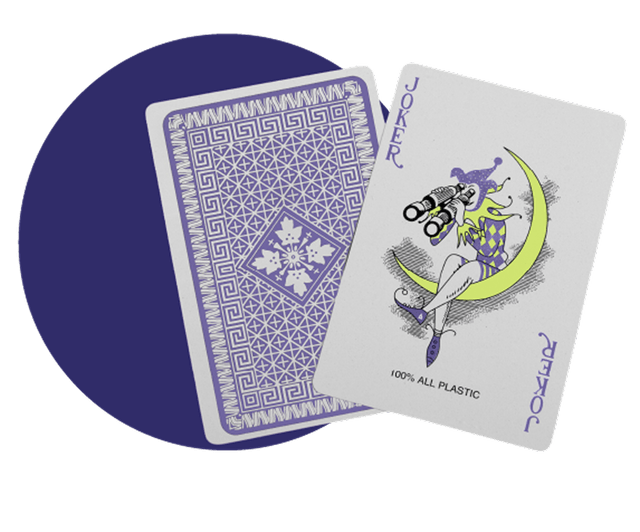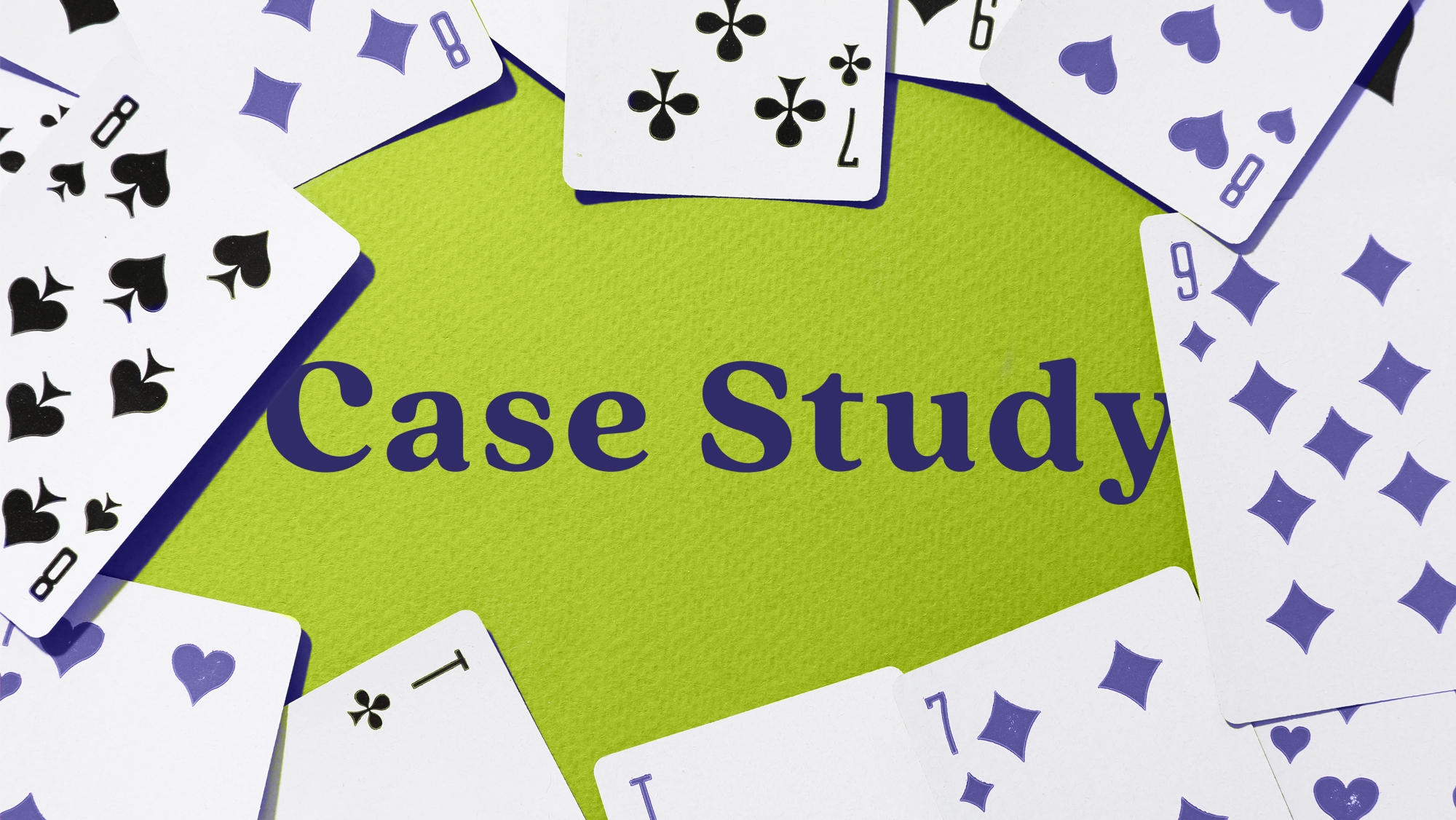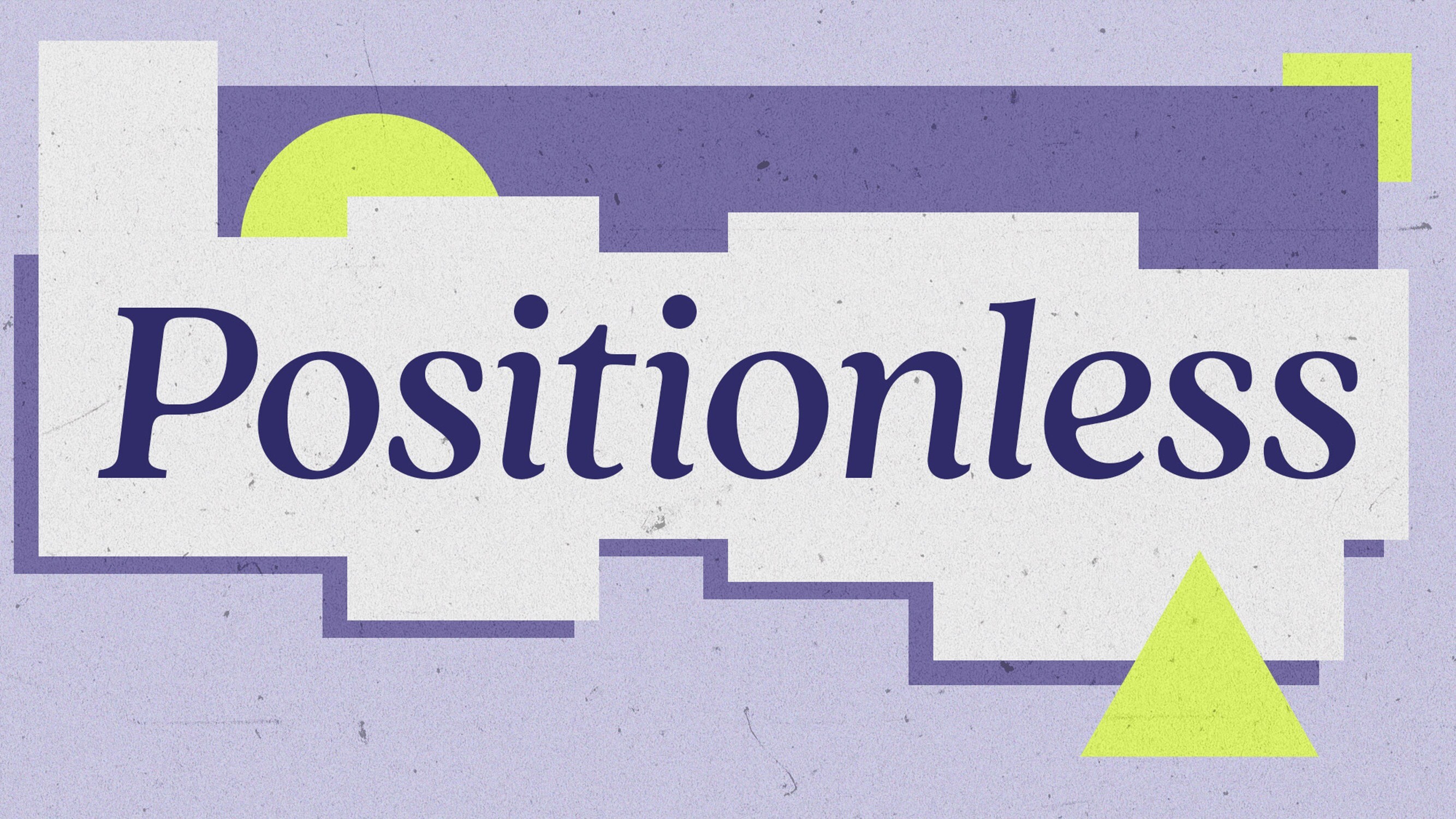
AI and the Retail Marketer’s Future
How AI transforms strategy and processes, driving the adoption of Positionless Marketing
Exclusive Forrester Report on AI in Marketing

Picture this; you’re walking through an unfamiliar part of town, heading for a conference you’re speaking at in a neighborhood in which you’ve never set foot. After half an hour, you realize that you’ve just passed that cafe on the right for the third time. You’re meant to be on stage delivering your presentation in 10 minutes, but at this rate, you’re going to miss the entire event … Fifteen years ago, you would have had to admit defeat and popped into that cafe to ask for directions, but today, whipping out your smartphone and plugging your destination into Google Maps will reveal exactly where you are, and exactly how to get to where you’re going. Looks like you’ll have to make that presentation after all.
Location-tracking isn’t new, but what IS relatively new is marketers utilizing these capabilities to create hyper-personalized messaging and content that reach users at the precise moment they’re primed to engage - and by default, elevate engagement and compel a purchase:
To help your team start thinking about upping the ante around their personalization efforts with location technologies, we’ve taken a closer look at the most commonly used ones, along with a few use cases, to get the inspiration flowing. Jump in, and start planning!
Using beacon technology - small, battery-powered devices (beacons) that communicate with nearby mobile devices through Bluetooth low energy (BLE) signals - is a relatively quick and low-investment way for brands to connect with customers in their brick-and-mortar locations. They can be implemented almost anywhere throughout a brick-and-mortar store (really useful in areas where smartphones might not have a GPS signal), so that when a customer passes one of these innocuous devices, a relevant, personalized message can be triggered and sent.
Perhaps the most compelling use-case for beacons, however, is that they enable brands to capture invaluable customer data as they move around a physical location in real-time; where do they spend most of their time in-store? Which areas do they avoid, or pass through quickly? Which products do they purchase together? With these rich customer insights, brands have the data to hand to help them continually fine-tune their messaging and amplify their personalization efforts.
By utilizing these tiny devices, brands can deliver highly targeted, valuable content and offers to customers based on their location and preferences:
Geo-fencing is a location-based technology that creates a virtual boundary around a physical location using GPS or RFID (Radio-Frequency Identification) technology. They can be created around a small physical location like the areas around a shop or shopping mall, or around an area as large as an entire city.
Part of the brilliance of geofencing is in the sheer flexibility it offers; complex geofence perimeters involving intricate polygons around very specific areas are totally achievable, allowing businesses to be very precise about where they want the geofences to be - and where they don’t want them (freeways, for example, where it’s not going to be appropriate to disturb drivers). It’s also entirely possible to have hundreds or even thousands of geofences - or even geofences within geofences! But however they’re used, geofencing is a very, very powerful message-targeting tool that allows for personalization efforts to get really creative ...
Not the first thing that comes to mind when we think of location targeting, NFC - or near field communication - made its debut in 2002, and today is frequently utilized by big brands to connect with customers to deliver these hyper-impactful moments that can make or break a campaign.
NFC works by enabling nearby NFC-enabled smartphones to communicate with an RFID chip (radio frequency identification), so the chip can send content to the smartphone user. Most commonly used in stores for contactless payments, brick-and-mortar brands that have cottoned on to its capabilities use the NFC to instantly share content (video, product reviews, etc) when a customer points their smartphones at the chip, usually found on in-store posters, at points-of-sale, flyers, product shelves, or even on the products themselves.
Optimizing the customer experience and building the loyalty needed to power growth and stay one step ahead of the competition means constantly looking for new ways to reach consumers with personalized, valuable content. As we make big strides into hyper-personalization, we’ll see more and more brands - big and small - refocus their strategies around location technologies to deliver moments that really matter to customers. To find out how Optimove can help your business reach its personalization goals through location-based marketing, let’s get the conversation started.
Exclusive Forrester Report on AI in Marketing
In this proprietary Forrester report, learn how global marketers use AI and Positionless Marketing to streamline workflows and increase relevance.


Rony Vexelman is Optimove’s VP of Marketing. Rony leads Optimove’s marketing strategy across regions and industries.
Previously, Rony was Optimove's Director of Product Marketing leading product releases, customer marketing efforts and analyst relations. Rony holds a BA in Business Administration and Sociology from Tel Aviv University and an MBA from UCLA Anderson School of Management.


